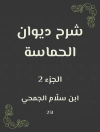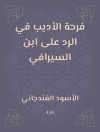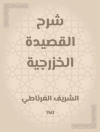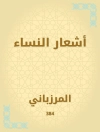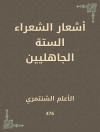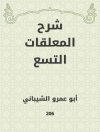William Blake’s ‘For Children: The Gates of Paradise’ is a masterful collection of poetry that exemplifies his unique blend of visionary art and innovative literary form. This anthology, specifically crafted for a younger audience, delves into themes of innocence, morality, and the duality of human experience. Blake employs his characteristic rhythmic style alongside whimsical illustrations, presenting profound philosophical concepts in an accessible manner. Each poem serves as a gateway into the spiritual dimensions of childhood, reinforcing the importance of imagination and moral understanding amidst the complexities of the adult world. Blake, both a poet and an artist, spent much of his life challenging the societal norms of his era, particularly regarding the education and treatment of children. His own experiences of urban life in 18th-century London, combined with his radical views on innocence, contributed to the creation of this book. Blake’s deep understanding of the psychological landscape of children allowed him to craft narratives that resonate with both young readers and adults, capturing the essence of youthful wonder and spiritual truth. ‘For Children: The Gates of Paradise’ is highly recommended for readers seeking a profound yet gentle exploration of childhood through poetry. This volume serves not only as a delightful introduction to Blake’s artistry but also as an enduring reminder of the significance of preserving innocence and imagination in a rapidly changing world.
Over de auteur
William Blake (1757–1827) was a seminal figure in the history of the poetry and visual arts during the Romantic Age. A singular and imaginative craftsman, Blake’s work was largely misunderstood and undervalued during his lifetime, though he is now considered a visionary poet and artist. His extensive oeuvre is notable for its mystical and philosophical themes, executed in a unique combination of poetry and visual art. One of his lesser known but compelling works, ‘For Children: The Gates of Paradise’ (1793), serves as an excellent introduction to his symbolic and allegorical style. This narrative sequence of images is a microcosm of Blake’s artistic and spiritual vision, encompassing his reflections on innocence, experience, and the metaphysical journey of the soul. His major prophetic works including ‘Songs of Innocence and of Experience, ‘ ‘The Marriage of Heaven and Hell, ‘ and ‘Jerusalem’ have established his reputation as a profound contributor to English literature. Blake’s innovative techniques in relief etching — which he termed ‘Illuminated Printing’ — and his deeply personal approach to thematic storytelling challenge the reader to explore complex states of being and transcendental realities. His legacy has endured long after his death, influencing an array of artists and poets who recognize in Blake’s work the enduring essence of spiritual and artistic striving.


